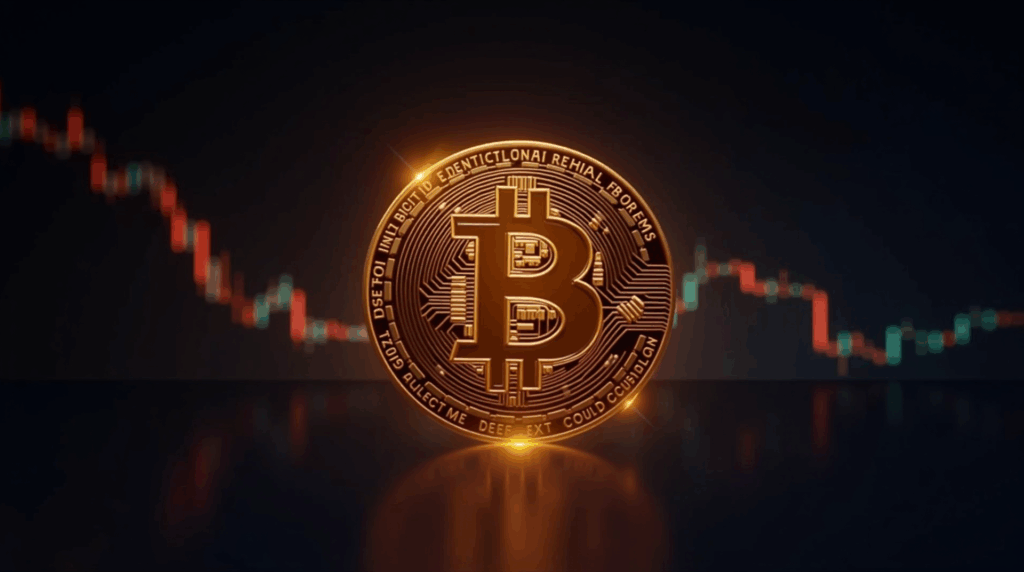The price of Bitcoin went above USD 111,000. This happened during a period with many asset purchases and institutional product flows. The price increase gives a brief pause, but it does not fix long term problems. The overall activity depends on capital input plus an economic view, which can change quickly.
About the price increase
The price change happens with a recovery in United States shares and a renewed interest in purchasing assets, after some days of pressure. Input to Bitcoin exchange traded products gives ready money but also institutional acceptance – it helps purchases without direct safekeeping. That institutionalization can just make the market more sensitive to quick capital changes.
Levels and indicators
The price action places the range between USD 110,500 and USD 112,000 as an important area. Securing it as a support is a condition for a sustained advance. A clear move above USD 112,000 would open space to find new high points. A fall below could pull the market to areas near USD 103,000 or the USD 100,000 mark. Order flows as well as derivatives activity will still control the speed and amount of the move.
Exchange-traded products plus institutional effects
Rising institutional involvement makes infrastructure building faster and draws in large amounts of capital. But it also presents new elements of dependency. The exchange traded products have two roles – they make prices steady by broadening the buyer group, and, at the same time, they bring risk together in products which can suffer quick outputs if the economic mood or rules change.

Risks but also managing them
- A moderate spot demand – direct purchases on exchanges do not show a uniform rise, which limits the rally’s strength.
- A concentration of holdings – large holders can increase price changes through big trades.
- An exposure to economic reports – employment numbers and central bank choices change interest rate expectations as well as affect asset values.
- Regulatory and counterparty risks – institutionalization does not get rid of weaknesses linked to intermediary groups plus changing legal systems.
Financial control and use
Institutional standardization makes use easier. But it strengthens the importance of self-safekeeping but also actions which keep privacy and control. Keeping keys as well as decentralized safekeeping is still the best defense against abusive controls or intermediary failures. It preserves the main idea of Bitcoin’s usefulness.
The rise to USD 111,000 is important but not final – it confirms interest. But its continued use depends on technical support, continued flows along with the economic situation. Using risk management checking important levels, and giving importance to safekeeping control are useful steps to navigate this changing environment.

